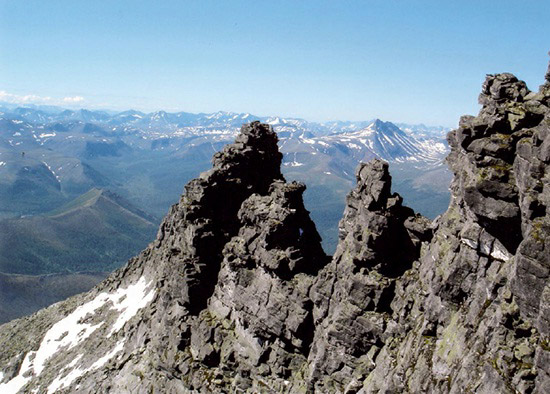The Ural Mountains, an ancient range in central Kazakhstan and western Russia, stand as a testament to the dynamic geological history of Earth’s continents. Formed about 320 million years ago during the Uralian orogeny, these mountains are a product of continental plate collisions. This process, known as accretion, involved the compression, folding, and metamorphosis of the plates’ sedimentary and volcanic rocks, leading to the creation of this north-south range.
Unlike many other mountain ranges formed in the Paleozoic era, the Urals have maintained their prominence due to the long-term stability of the Asian supercontinent. While most supercontinents tend to rift apart due to lithospheric plate movements, the region where the Urals emerged has remained intact. This stability has shielded them from the extensive tectonic and erosive forces that typically reduce older mountain ranges.
Over time, the Ural Mountains have experienced the usual erosive forces of wind, water, and glaciers, yet they have only been modestly worn down. Today, they still boast impressive heights of 5,000 to 6,200 feet (1,500 to 1,900 meters), remarkable for their age. This enduring nature of the Urals not only highlights their geological significance but also provides a glimpse into the ancient processes that shaped our planet’s landforms.

